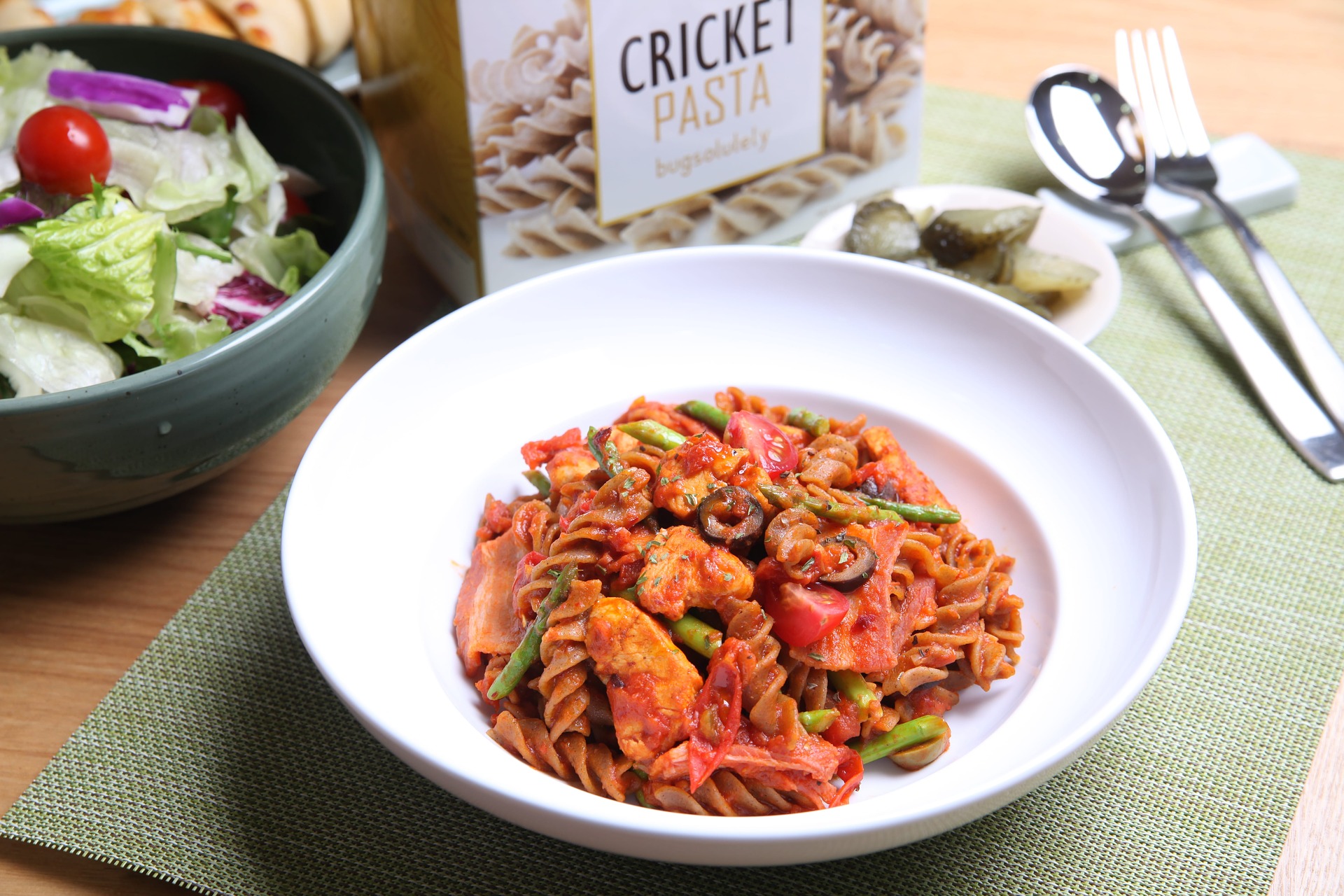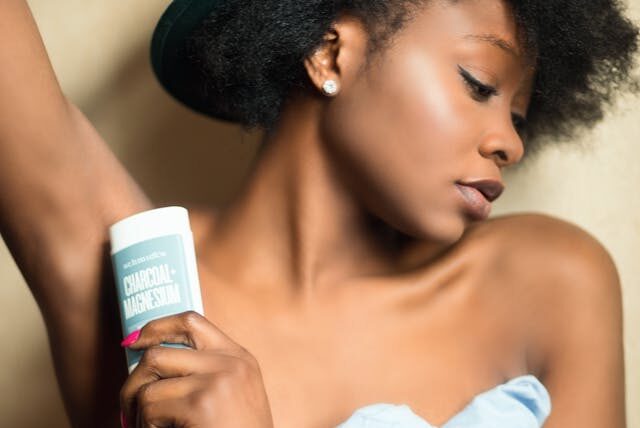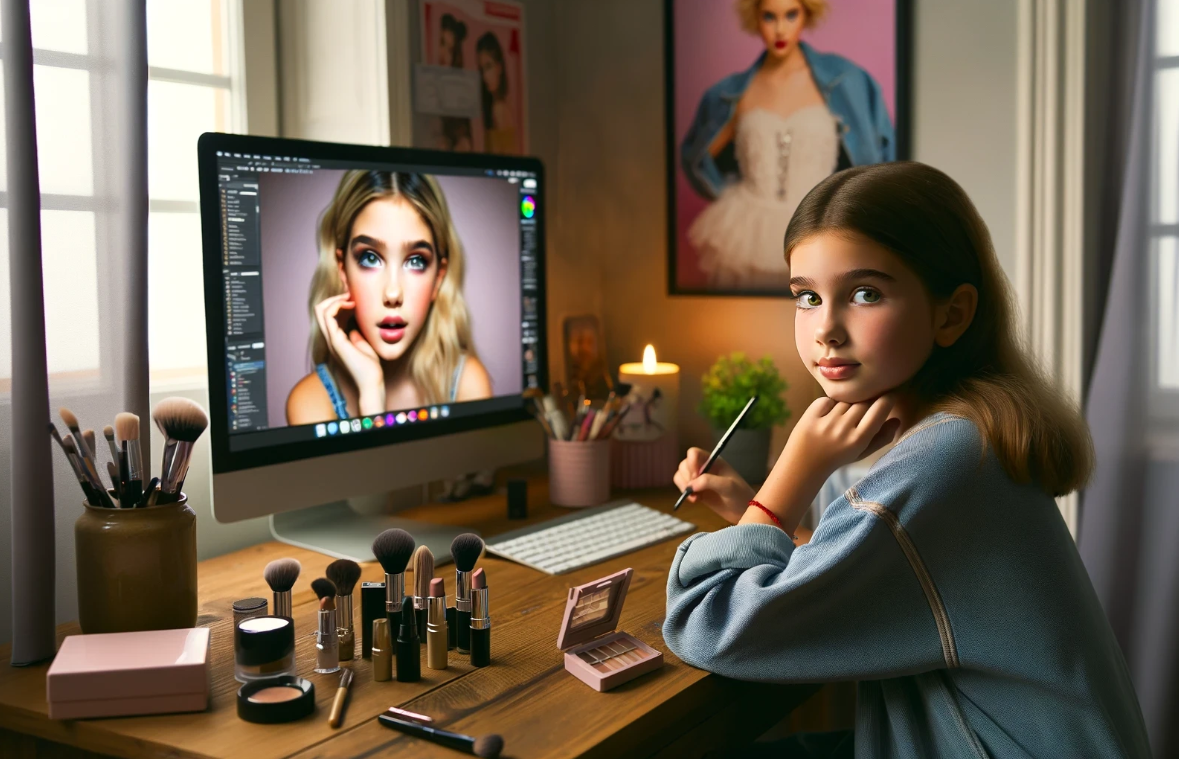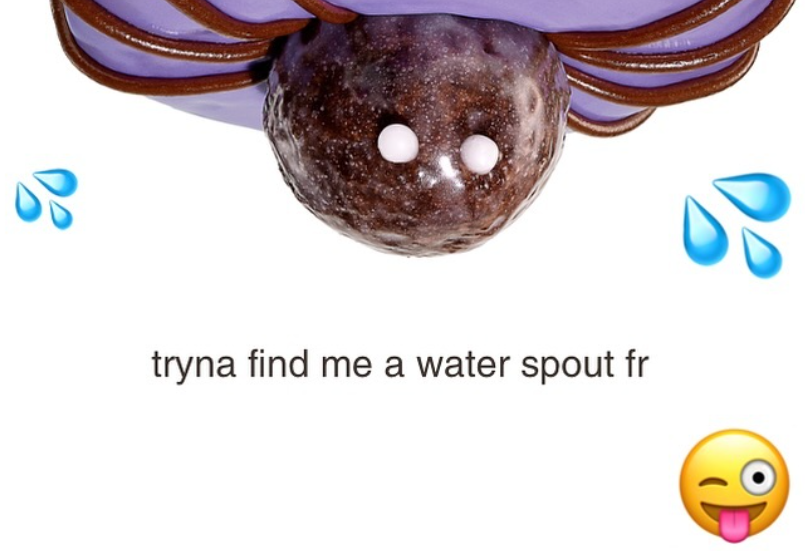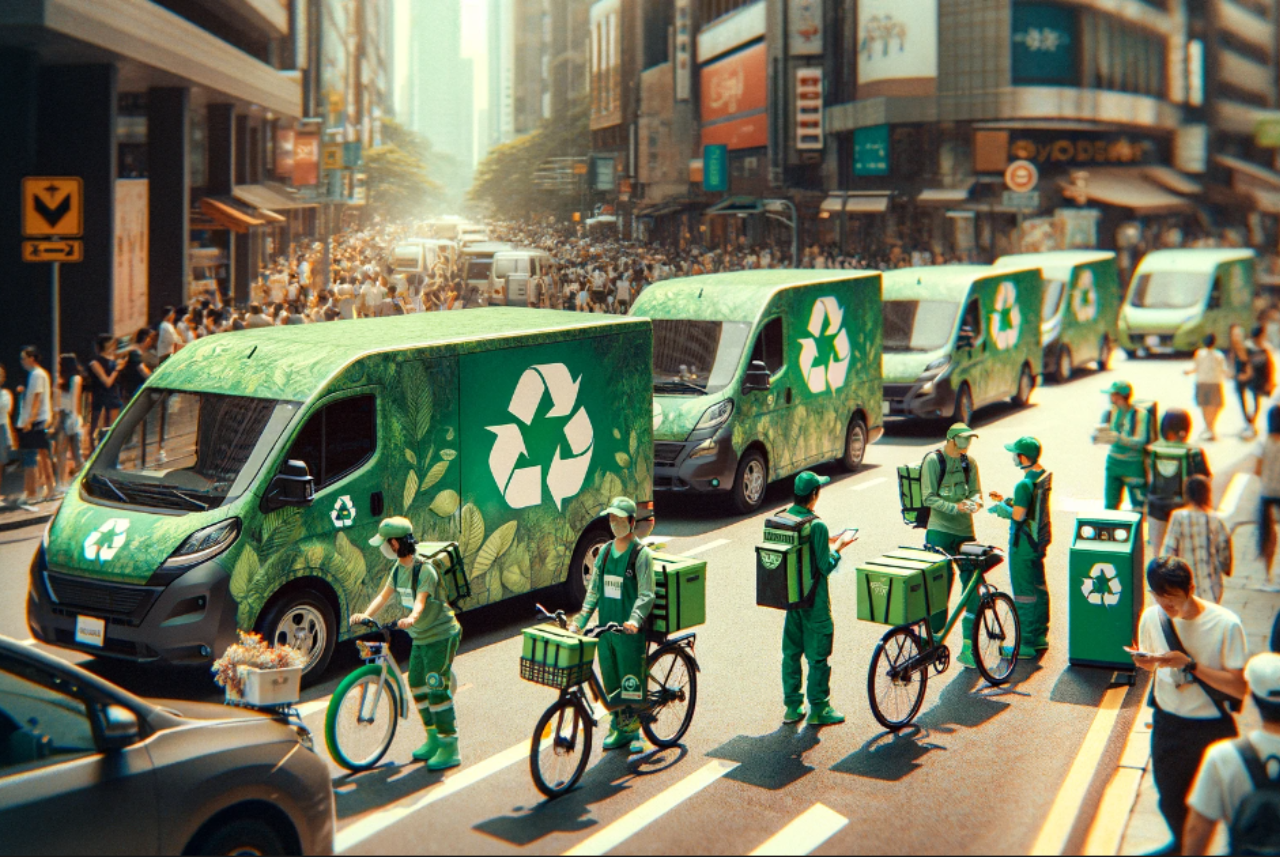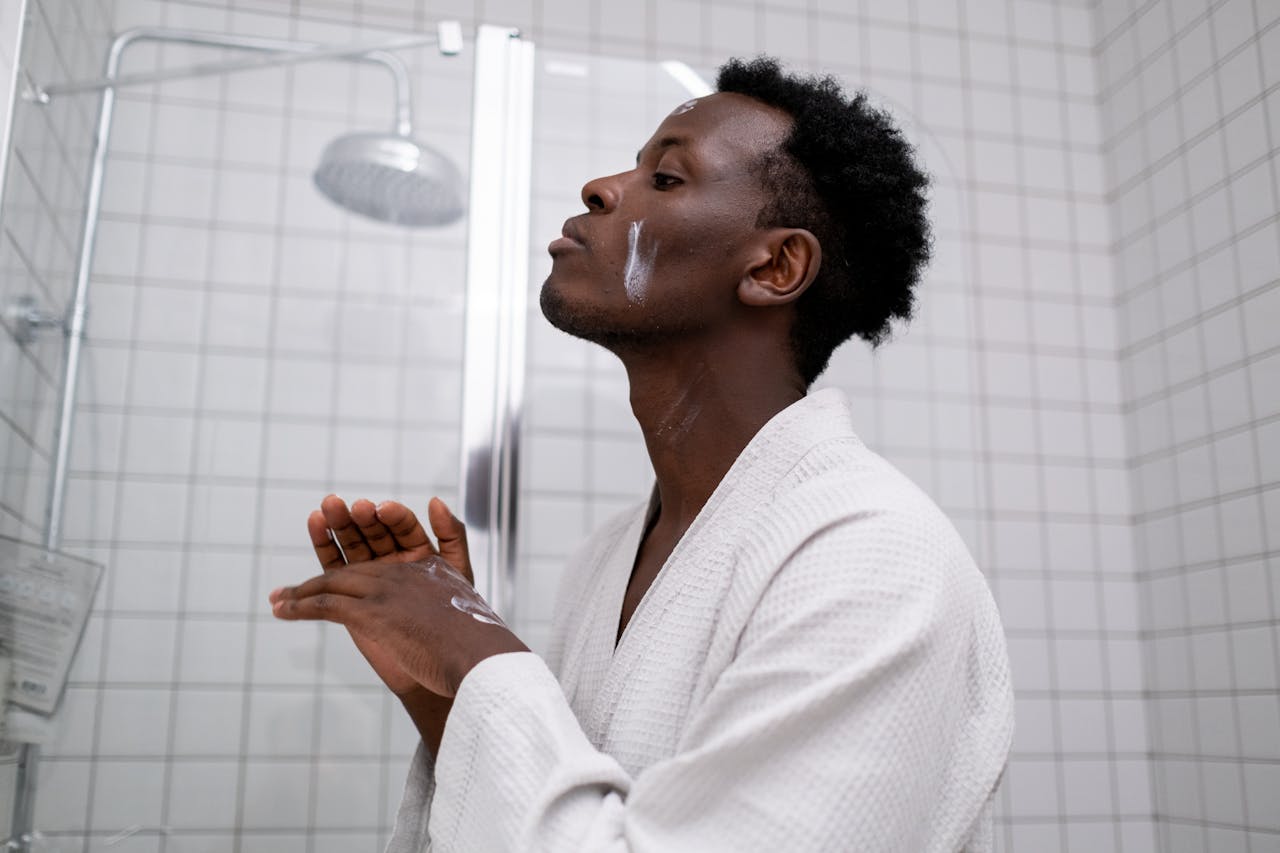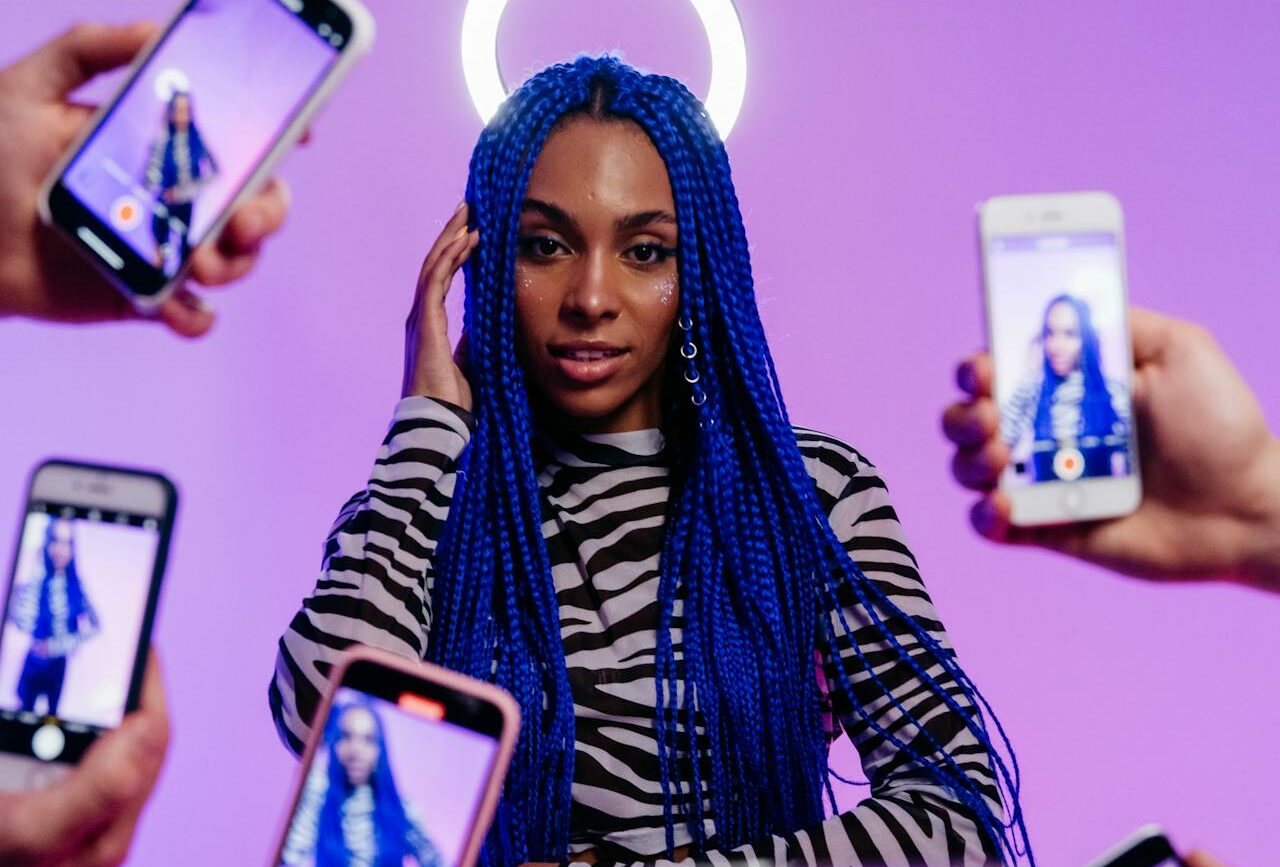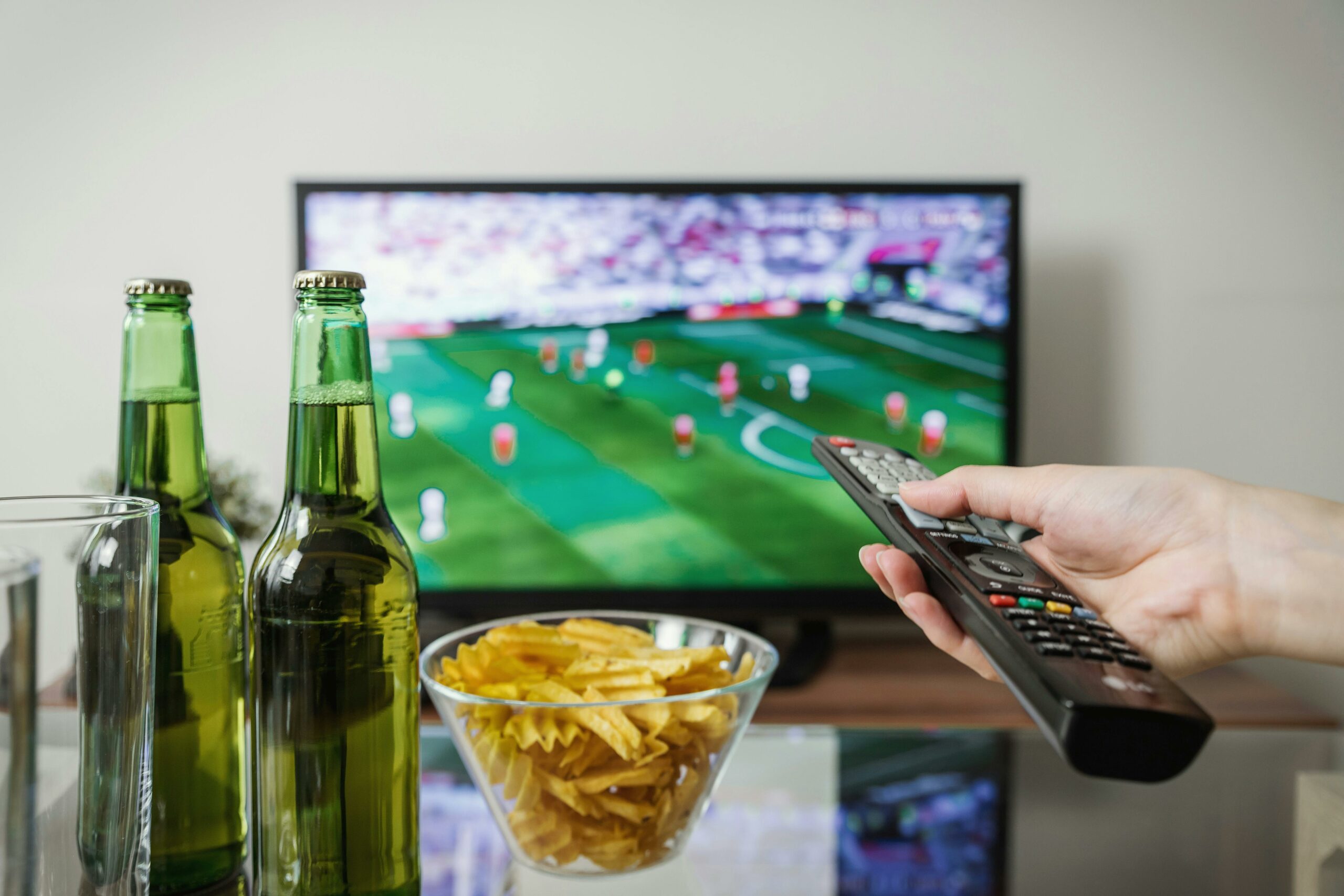Explore how men's grooming turned into marketing's newest battlefield, leveraging shame and redefining masculinity. Are today's men primping for pleasure or fear?

2024 in Review: FADS in Action and What’s Coming in 2025
2024 in Marketing: A Year of Transformation
From rethinking essentials to redefining intimacy, 2024 revealed how primal desires continue to power modern marketing. Through the lens of the FADS Marketing book, we took a look at how brands exploit Food, Alcohol, Drugs, and Sex to influence consumer behavior. From the surge of hyper-personalization to the reinvention of essentials like Crocs and Stanley cups, this year has showcased how marketing doesn’t just respond to trends but actively creates them.
As the year draws to a close, let’s revisit some of the most impactful moments and trends we explored—and take a bold look at what’s next for 2025.
Top FADS Moments of 2024
Food: Evolution on our plates
The Creepy-Crawly Food Trends of 2024
Insect-based proteins have gone mainstream, marketed as sustainable and high-protein alternatives to traditional meat. While bugs may not be everyone’s idea of dinner, clever branding has turned disgust into curiosity.
The Quick Fix: Shaping Modern Consumer Behavior
Functional foods—from energy bars to vitamin-enriched beverages—are no longer niche. These products promise more than sustenance; they offer solutions for the time-starved consumer.
Insight: Brands have shifted food from fuel to fix, positioning their products as indispensable tools for modern living.
Alcohol: the hidden signals
While alcohol didn’t dominate our blog this year, the subtle shift toward wellness-inspired alternatives deserves attention. Mocktails and low-alcohol beverages are being rebranded as healthier social options, allowing consumers to engage without overindulgence.
Algorithmic Addiction
Alcohol ads are evolving beyond simple indulgence, tapping into aspirational lifestyles. For example, as detailed in “The Digital Fix,” Sierra Nevada Brewing Company expertly pairs its products with outdoor adventure. In 2025, expect more brands to align with aspirational narratives, crafting emotional connections that make their products feel like an integral part of the journey.
Insight: Alcohol brands are capitalizing on the desire for balance, reframing indulgence as part of a healthier lifestyle.
Drugs: the culture of optimization
Caffeine and Capsules: Study Aids on College Campuses
With a hyper-focus on productivity, brands are normalizing the use of nootropics and energy supplements. These products are marketed not just as tools for success but as necessities for competitive advantage.
Insight: The rise of “optimization” culture is creating a new frontier for drug-related marketing, blending wellness with performance pressure.
Sex: the power of identity
The Smell of Shame
Brands continue to leverage insecurities, using personal care products to sell confidence and desirability.
Generation Alpha’s Skincare Obsession
Sephora Kids and similar trends reveal how marketers are priming even the youngest consumers to equate self-care with consumption.
Insight: The commodification of identity and intimacy remains central to modern marketing strategies.
Unexpected hits and emerging themes
Essentials redefined
How Crocs and Stanley Captured Our Hearts
These seemingly mundane products became icons of self-expression and utility, blending practicality with status.
Memes and marketing culture
Meme Culture Meets Marketing
Humor and relatability turned memes into powerful tools for engaging Gen Z, showcasing how cultural fluency drives brand loyalty.
Green dreams
The Magic Behind the Marketing: Selling Green Dreams
From sustainable packaging to “local-first” campaigns, brands embraced eco-conscious messaging, though often with an air of performativity.
Insight: Authenticity in sustainability will likely separate the leaders from the greenwashers.
FADS Predictions for 2025
Hyper-personalization will deepen
Brands like Amazon and Spotify are already leaders in hyper-personalization. Expect them to go further by integrating AI with wearable devices like Fitbit or Apple Watch. These brands could predict your next purchase or playlist based on your health metrics, emotional state, or daily habits, making their products feel indispensable. For example, imagine Spotify curating a playlist to match your heart rate after a workout, or Amazon suggesting replenishment items as you near depletion.
Expect brands to refine AI-driven personalization, integrating wearables and biometric data to create products and recommendations that feel indispensable. Imagine a world where your smartwatch knows what you need before you do.
The "green cred" arms race
Brands like Patagonia and Unilever have set the bar high with transparent sustainability practices. In 2025, expect smaller brands to follow suit by showcasing hyper-local environmental impacts, like sourcing materials from nearby communities or providing detailed carbon footprint data. Look for food delivery services, such as HelloFresh, to highlight carbon-neutral deliveries or eco-friendly packaging as they vie for eco-conscious consumers.
Sustainability marketing will evolve from broad claims to hyper-localized or measurable environmental benefits. Consumers will demand proof over promises.
Rebranding vice
The rise of brands like Kin Euphorics and Seedlip shows how vices are being rebranded as wellness-oriented choices. These companies market non-alcoholic alternatives as sophisticated and health-conscious, catering to consumers who want indulgence without guilt. Expect to see cannabis companies join this trend by emphasizing microdosing for wellness, reframing recreational products as tools for mindfulness or creativity.
Mocktails, microdosing, and “controlled indulgence” will redefine vices as wellness-oriented behaviors, blurring lines between health and hedonism.
Intimacy in isolation
With the “Hermit Consumer” trend continuing to rise, companies like Oculus and Calm are creating products that allow consumers to foster connection and self-care from the comfort of their homes. Virtual reality platforms could become the next frontier for dating or social interactions, offering tailored environments to meet and connect. Meanwhile, subscription boxes like Therabox may expand their offerings to include products that promote solitary rituals of comfort and intimacy.
As the “Hermit Consumer” trend grows, expect brands to market products that foster connection and intimacy without requiring social interaction, such as VR experiences or curated solo rituals.
The middle path will dominate
As consumers increasingly seek moderation, brands like Coca-Cola with their “Coke Zero” line exemplify how to offer balanced choices. In 2025, expect more companies to embrace this trend, providing low-sugar, low-impact, or customizable options to cater to a growing demand for health and environmental consciousness without sacrificing convenience or flavor.
As highlighted in “The Hidden Power of the Middle,” moderation will take center stage. Consumers will seek balance, and brands that embrace nuance will thrive.
Looking ahead to 2025
As we move into 2025, the FADS framework remains an essential tool for understanding how marketing shapes our lives. The question is no longer whether brands will manipulate consumer behavior but how they’ll balance innovation with responsibility. Let’s stay curious, critical, and engaged as we navigate the ever-changing landscape of consumption.
Here’s to another year of unpacking the magic—and the manipulation—behind the marketing.
They’ve got their hooks in you.
FADS rise quickly, burn hot and fall out. They say you’re fat, you’re no fun, you need to relax, and you might even die alone.
In fact, FADS bank on the fact that you already believe all of that.
Ready to learn how it works?
